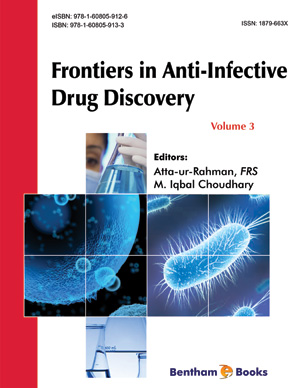Abstract
Leishmaniasis is a group of diseases caused by protozoa of the genus Leishmania. The disease is transmitted to humans via bites of female phlebotomies sand flies that are infected with Leishmania parasites. Leishmaniasis affects 12 million people in the world, and it is known that nearly 350 million people are under risk of infection. Leishmania parasites are responsible for cutaneous, mucocutaneous, and visceral forms of Leishmaniasis. Every year, approximately 1.5 million Cutaneous Leishmaniasis (CL) and 500,000 Visceral Leishmaniasis cases are reported in the world. Due to several factors such as cross-country travel, co-infections between human immunodeficiency virus (HIV) and Leishmaniasis, resistance to antileishmanial drugs in parasites, resistance to insecticides in vectors, and global warming, all types of Leishmaniasis are rapidly spreading all around the world. In order to combat Leishmaniasis, various approaches such as vaccine development, chemotherapy, physical treatment methods, immunotherapy, applications of natural plant products, phototherapy, and nanotechnologic approaches are used in the treatment. In this review, we will mention these approaches, which compose the basis of anti-infective therapy against Leishmaniasis and suggest new future perspectives for treatment of this serious disease.
Keywords: Anti-Leishmanial, cutaneous, diagnosis, drugs, essential oils, immune therapy, Leishmania, Leishmaniasis, photo dynamic therapy, plant extracts, therapy, vaccine, visceral.






















